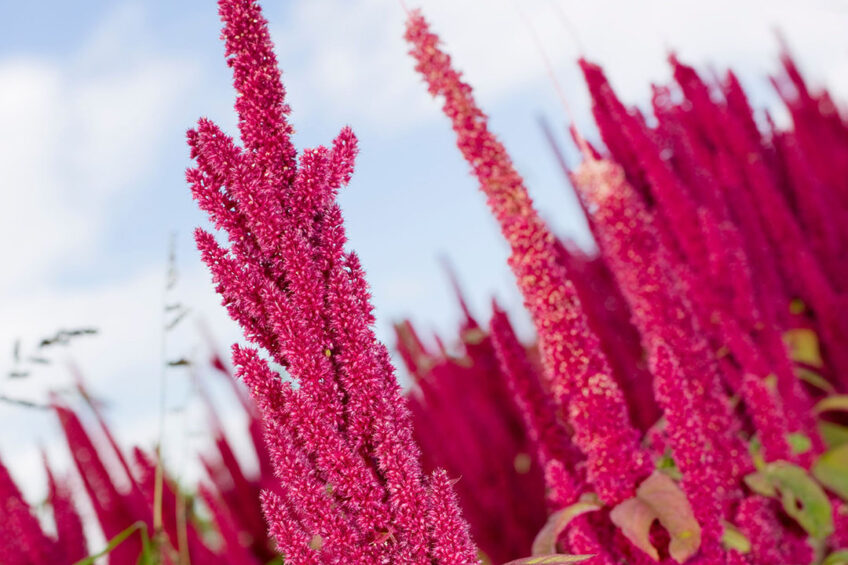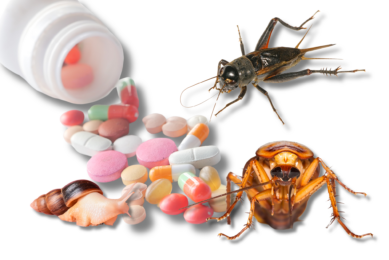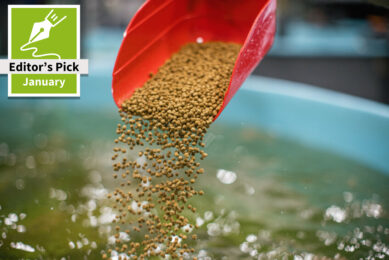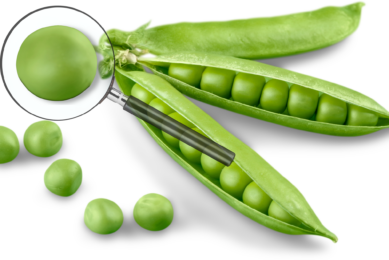New tech to make amaranth more attractive for feed producers

A group of Russian scientists have developed a new technology for the deep processing of amaranth, allowing to obtain 30% more protein compared to conventional processing methods.
Amaranth is a protein-rich, gluten-free grain similar to quinoa with a distant relation to Swiss chard and spinach. An amaranth plant produces multiple seed heads, each of which can yield up to 5,000 seeds. In Russia, it is used to feed poultry and cattle, though not widely.
Compared to wheat, amaranth protein contains twice as much lysine, almost as much as soybean, the scientists said.
Lower production costs
The conventional technology of amaranth processing involves isolating protein from seeds and beans. The Russian scientists proposed to obtain it from the green mass of the plant instead, which will secure a 30% increase in obtained protein.
Amaranth is not widely used in agriculture because high production and processing costs make it too costly. However, new technology can solve this problem. “The proposed technology for deep processing of amaranth is based on the use of modern equipment, which makes the technology effective and takes down the production cost to the competitive level,” the scientists said.
Commercial production is on the pipeline
In addition, the new processing method allows the production of not only protein but also pectin. By 2025, the scientists plan to launch the first industrial production based on the principles of a single technological cycle: the dietary fibres remaining after the isolation of protein and pectin will also be used.
4 times more protein
“Different varieties of amaranth have protein content between 15 and 29%, which is more than in some varieties of beef. 4 times more protein can be obtained from one hectare of amaranth crops than from one hectare of soybeans. In addition, the cultivation of amaranth does not require certain conditions: the plant is resistant to heat and drought, unpretentious to the types of soil, and in the southern regions, up to two crops can be harvested per season,” Ilya Bubnov, head of the research group said.
A solution for protein shortage
In 2021, the Russian Union of feed manufacturers estimated that the shortage of feed protein on the domestic market ranged between 2 and 2.5 million tonnes.
Several options for mitigating that shortage have been proposed in the country in the past few years, including bioprotein and insect protein.











